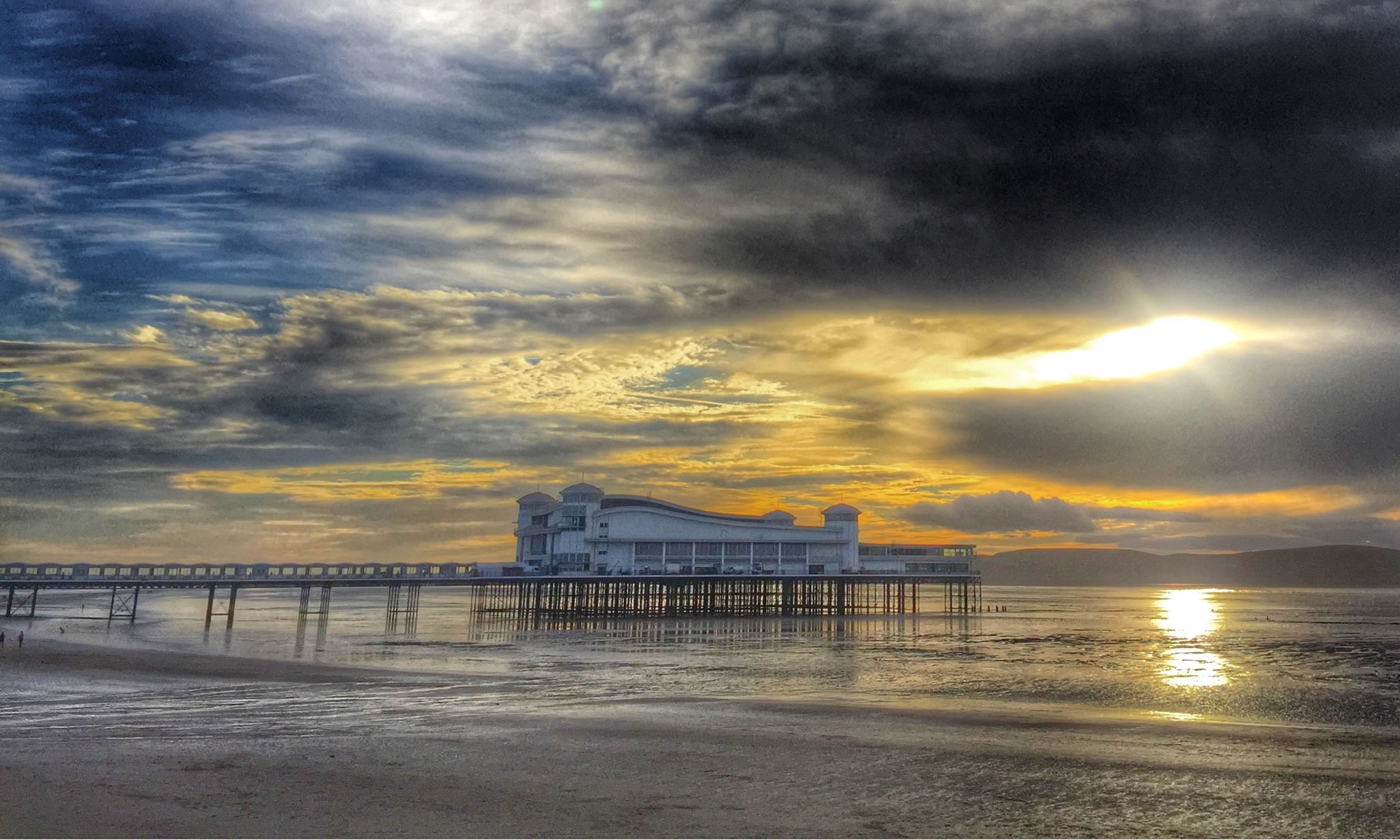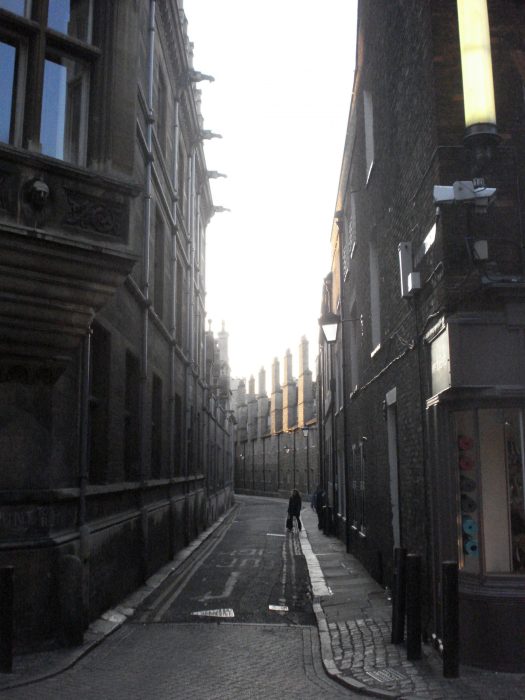This is a regular series of blogs about photographs of the same place taken years apart. I quite like those Then and Now comparison photographs that you see in books or on the Twitter or Facebook.
I always think I should give them a go. However what I have started to notice is that I have been doing Then and Now photographs unintentionally over the years and have been taking photographs of the same thing or place from the same view or perspective years apart. The first instance of this that I noticed was in May 2019 when I went to Manchester. It only really came to my attention that I was doing this a lot, when checking the Places function on the Apple Photos Mac App that I could see I had taken the same photograph of the same thing just years apart!
I was recently at the Ashorne Hill Conference Centre and took this photograph of the centre.
Going back over the food photographs from when I was there last year comparing what we had then to what we had this time, I shouldn’t have been surprised to see this photograph.
When it was a coffee break, you could go outside and this was the view and perspective of the centre from the patio area outside where we had coffee.






















